Travel Photography: The Experience
This post is part 3 of the Travel Photography series - The Cameras, Photos and Experience.
Many people, me included, spend a lot of time considering the reasons to take photo, then advertise it online for some social approvals, or not, because they can't figure it out.
I am probably one of the latter, for I don't know why I took so many photos during a trip, or go into into so much length to determine which camera and what kind of photo are most suitable for taking during the trip.

In retrospect, I regret having spent so much time into photographing the place. To simply visit a place and take in the sight, versus to document the scene via photography, require vastly different amount of time and effort.
Photography exists first to enable an experience and second to enhance the experience, first urges us to look for something that touches us and second to serve as reminder of an experience. With photography, travel begins even before setting foot on the destination.
Photography enables travel experience
How to decide where to travel to? Reading and hearing about a place gave me a vague idea about a place. Which is then further solidified by looking at photos and videos about the place. Before photography had been made widely available, it is difficult to know what to expect on a trip, or where to go for a good view.
Upon seeing the photos, a visual idea about a place is formed. Of course, they can only take me that far because there is no way to tell exactly what experience and photo I will get over there, unless I actually travel to the destination and see it for myself.
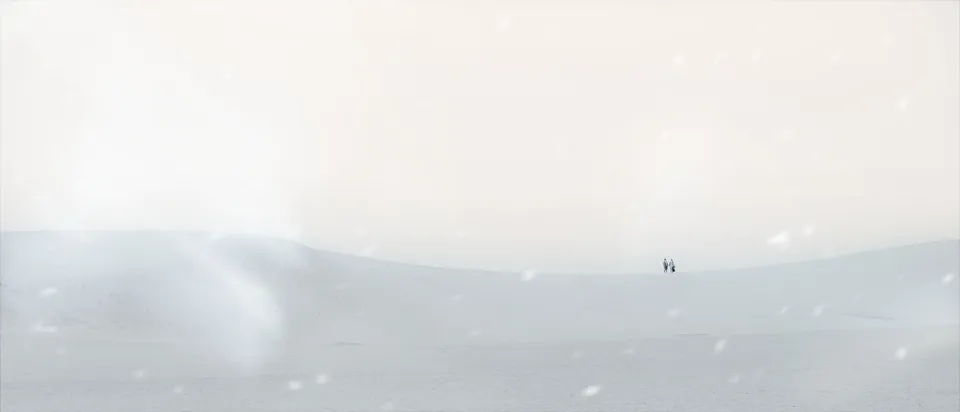
Before physically traveling to the Tottori Sand Dunes, I had expected the winter snow to cover the sand, Hokkaido-style, sans the risk of freezing to death. What I got was eavesdropping on 20 minutes of non-stop chitchat from the Christian missionary folks sitting behind me on the bus (these foreigners…). Then it's just sand dunes. The snow from the late January had all melted and what's left was the authentic sand dunes™. I had fun still, because I would have experienced these without first physically going there.
And that's how photography enables traveling.
Photography denies travel experience
But that's also how photography denies traveling.
Experience of travel photography has 2 folds, the experience of traveling, and the experience of photographing. While the former envelops the latter, the latter could have eventually negates the former, and the balance between them determines the satisfaction coming out from a travel—too much photo, not enough travel.
Looking at many photos of the place to understand the place and that actually changed or affected the experience, ended up looking for the angle and composition shown on photos, and recreate them, for no good reason. As if there's only one true and correct view.
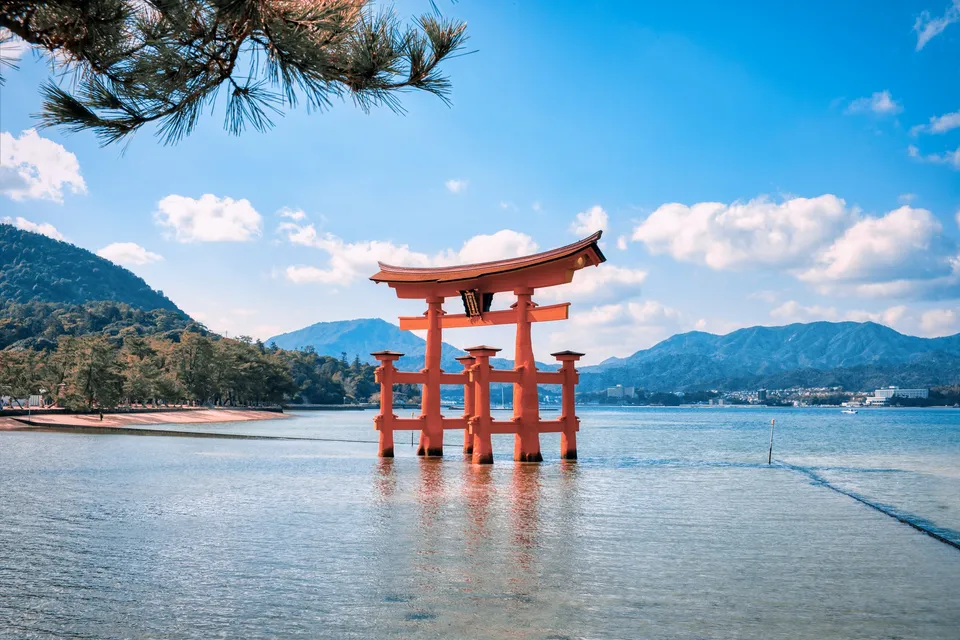
Equipped with multiple cameras, the mission changes from enjoying the sight and experience, to simply photography. For some like my companion, who sees photography as the sole goal of a trip, it may be totally fine to dedicate most of the time to photographing/documenting a place.
That's probably fine, if photography is what one enjoys, and if taking photographs back as the trophies of their visit pleases the person.
Travel companion may shoot photos that I deem better, or people on the road may wield better gears. Take note that this is not a competition, and comparison yields nothing but sourness on my side. Be inspired. Don't envy.
Then I question: what's the point? To create photos for consumption later? How much more fidelity a flat image can provide over being able to feel a place with all the senses available on a human being?
To consume a photo, I don't really need to physically be to the place, to compare how true the photo is in that actual place, as photo implies an undeniable truthiness. But then what's the point of physically going there, to simply consume the photo that's accessible everywhere of a place that had been extensively visually recorded? Isn't the goal to create the story that accompanies the photo, such that the act of viewing the photo becomes something private, to "own" it truly? But then, still, the experience cannot be just about photography, getting lost on the road, or the difficulty in communication, or missing a train, or insisting to get my seat booked, all those, are necessary element to make the experience, and to make the trip worth it.
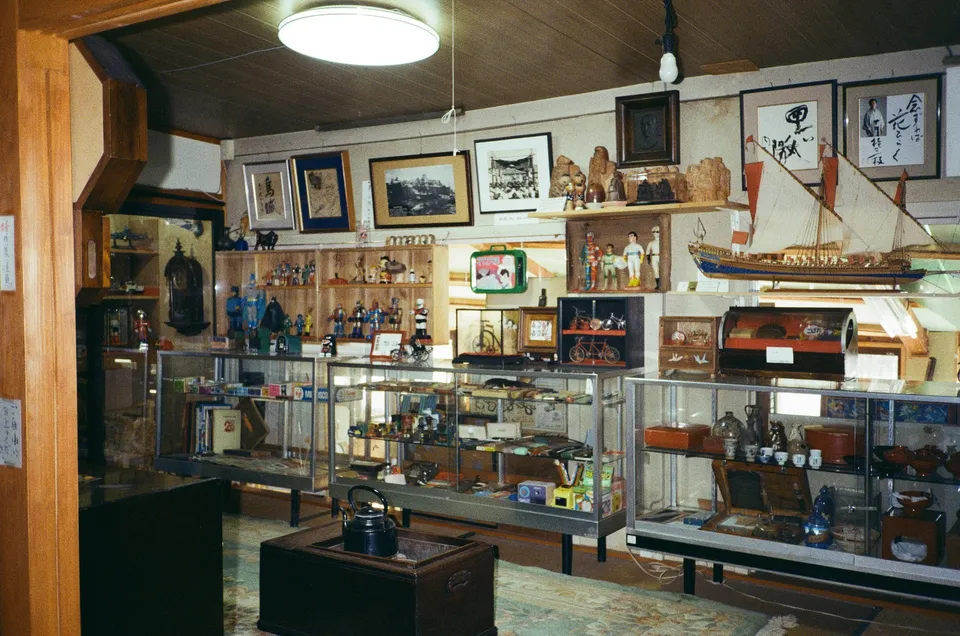
Photography enhances travel experience
The thousands or so photos and videos taken during the trip need to be transferred and backed up on my main PC after the trip. Film photos need to be developed, then scanned or printed. HDR and panorama photos need to be post-processed as well.
That's a lot of work to keep me busy while looking at the photos and the scenes themselves, to recall a scene from memory, or to view it for the first time as I was busy firing the shutter when I was there.
These photos serve as reminder of the memory and potentially emotion for when they were taken. Viewing these photos after the trips remind me of what I went through, what was there versus what I thought I saw, and sometimes, new thought that sprouted as the trip concluded.
Digital photos differ from film photos in the maximum numbers of photographs that can be taken. With 128GB+32GB SD card, I was able to take over 2000 RAW photos on my digital camera. As for film, there were only 6 rolls, allowing for 216-234 film photos in total (each roll can take 36-39 shots). As a result, I decided to take digital photos for things I consider worthy of remembrance, and film photos for what invoked or remind me of my feelings the most. The split helped me to be more mindful about what I observed and my feelings towards them, and therefore enhance the travel experience.

One more interesting feature of Japan travel is postcard printing at the convenient stores. I could load the photos I took onto the copying machine at 7-11, and print a standard size postcard to send to my friends. Even though at convenient stores they only sell the 63 yen stamps for domestic posting, instead of the 70 yen stamp I could only get in post office. One primary way to share travel photos without being considered "showing off".
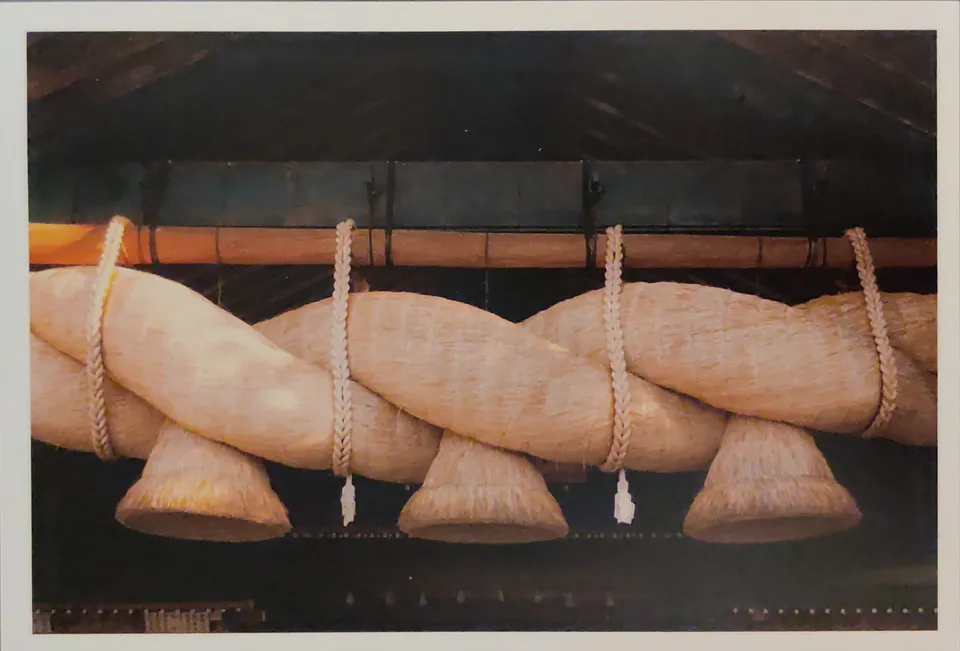
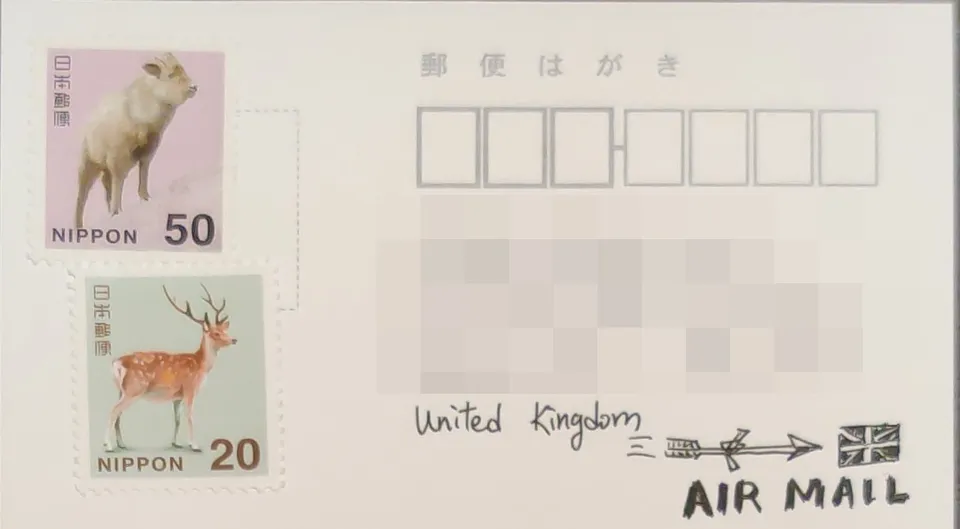
Balance between travel and photography
This may be a problem for me only. Sometimes I feel I spent too much time taking photo I am missing out.
Photo is carrier of emotion and memories, when devoid of both, the photo becomes indifferent and of no purpose.
For you, it would be nothing but and indifferent picture, one of the thousand manifestations of the "ordinary"
—Roland Barthes 《Camear Lucida》
Mindlessly documenting thing is not as rewarding as having consumed the sight, then carefully process the visual to extract meaning (punctum).
To recall a typical philosophical dilemma in photography-should I photography a miserable person (homeless, disabled, ethnic minority etc.)? One view that I subscribe to is whether the resultant photography is a simple restatement of a stereotype, and that there's nothing new to learn from the photograph of it, like the million "check in" at famous "photo spots".
Thus travel photography, in my view, should fall into one of 3 categories: Cliche, Remembrance and Feeling.
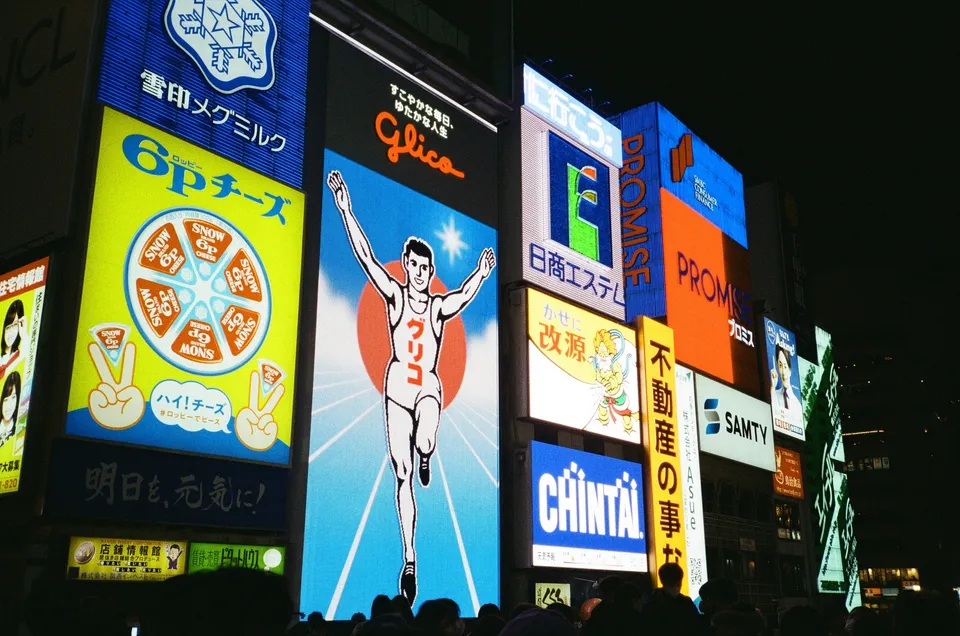
Cliche photo is what we've all seen. That somewhat expands to represent the whole place, the whole experience. As if the only reason to travel to a place is to take that one photo in that one composition, maybe include one's own face in the photo as a proof of presence. See in tourist spots groups of people will photography themselves in all combination and permutation, while it's the simplest to use a tripod. Thousands of millions of these photos had been produced, just with different faces on it.
Remembrance is one notch more personal, in a sense that they serve as unique reminder of a particular experience to the person or group, which only they themselves can recall, whilst seem totally irrelevant and indifferent to a third party viewer. This is again easy to produce during a travel. But first there has to be a recognizable event worthy of remembrance in the future. There is no lack of this in any travel, as it's almost guaranteed to be something new for folks unfamiliar to the location.
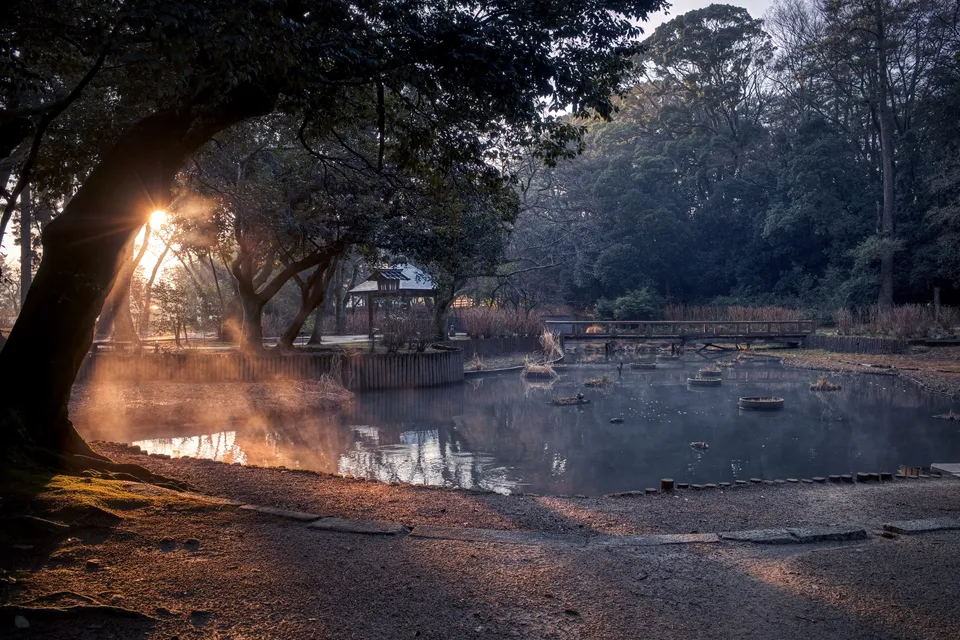
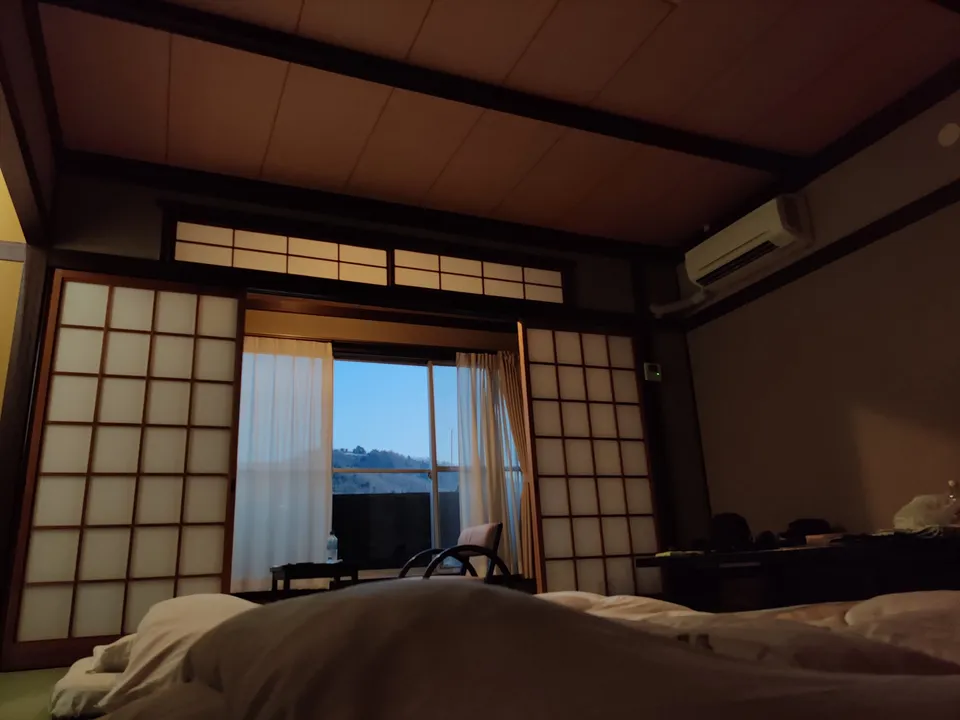
Feeling is the hardest, yet in my opinion the most precious kind of travel photo. I don't think it's a good idea to try mass producing this kind of photograph because it's hard to do so, and could deny or replace the experience itself by the bitterness of unable to produce feeling. Any feeling should be organic and sometimes they are not produced as when the photographer first viewed them.
This is because a travel photo can change into different category as the viewer's circumstance change. At first it may simply for remembrance, but later turned into for feeling. Say for example the photo with me and my ex-girlfriend. At first it was a happy memory. Later, there are artificial sugar-coating and sprinkled with some bitterness. A photo viewing is private and anything read from the photo is uncertain between viewings.
Less cliche. More remembrance. Feeling will come naturally.